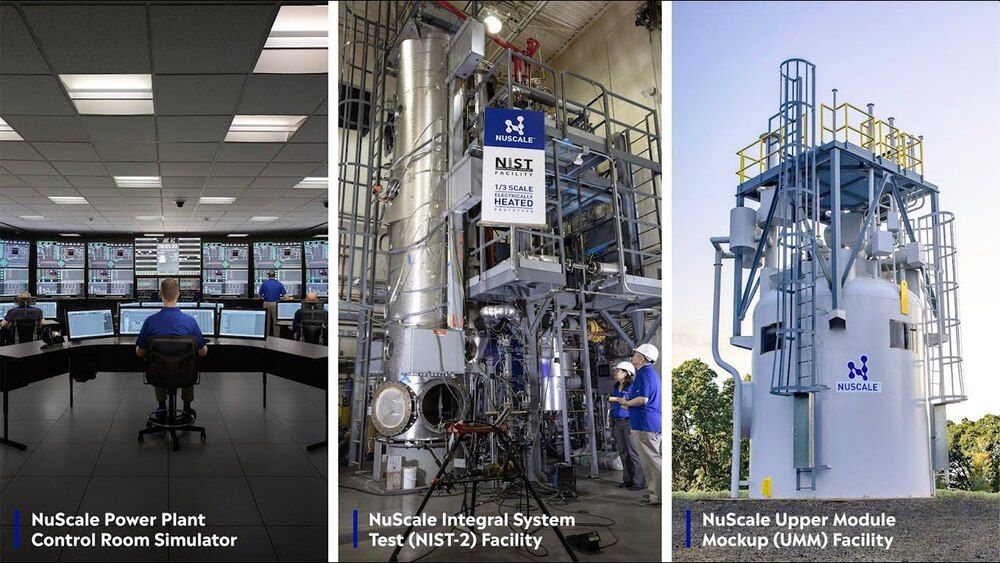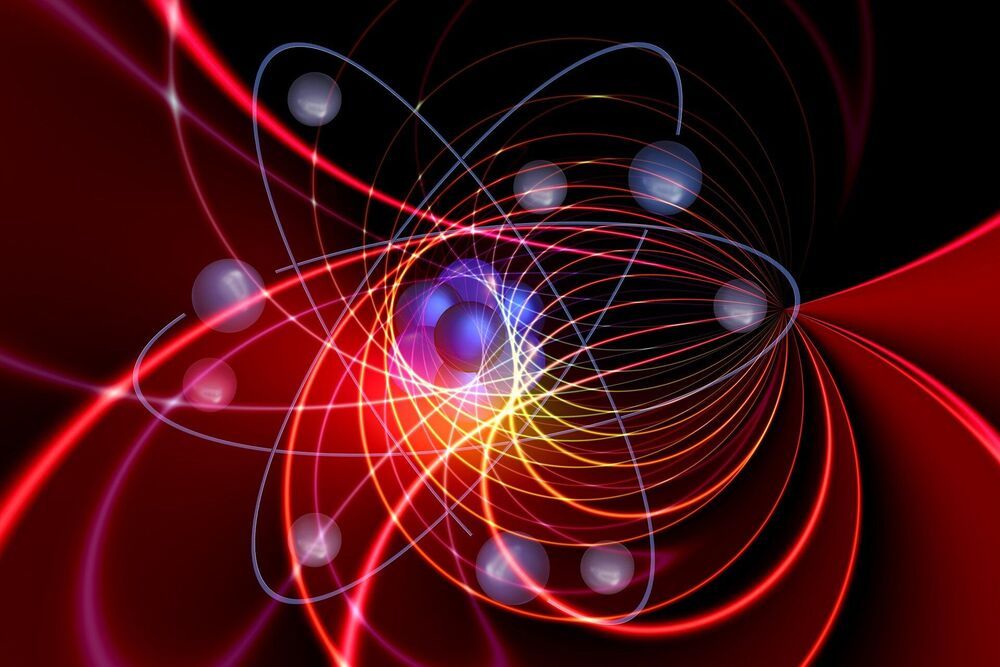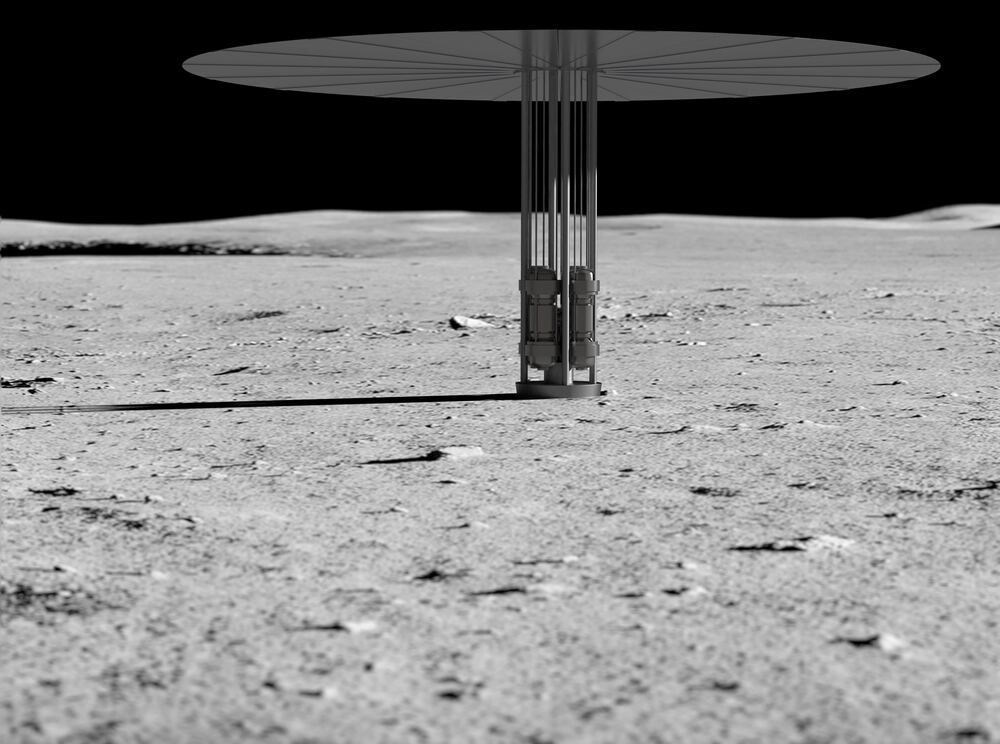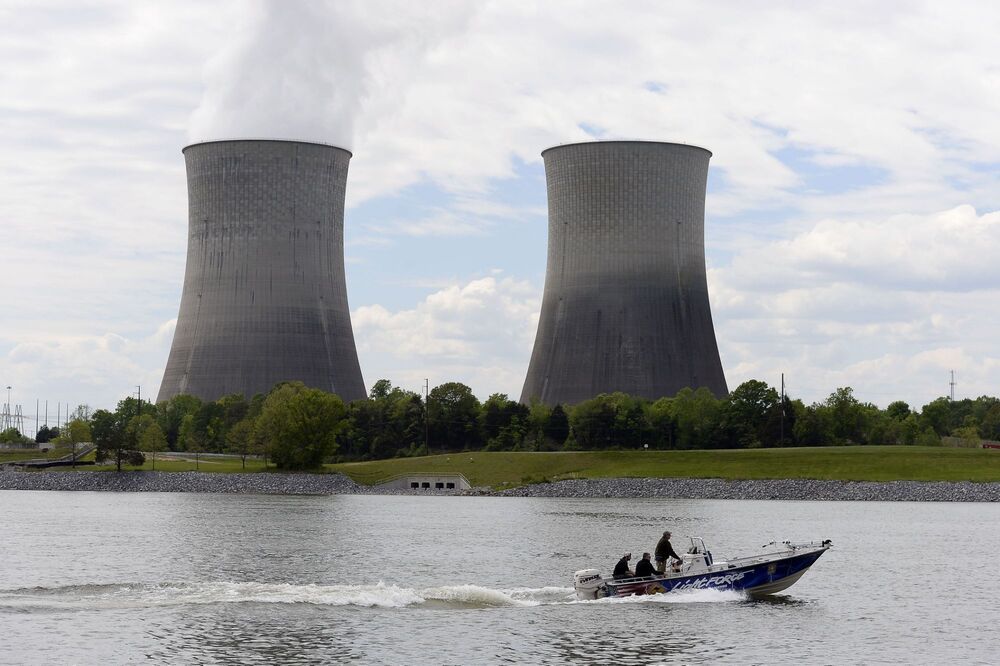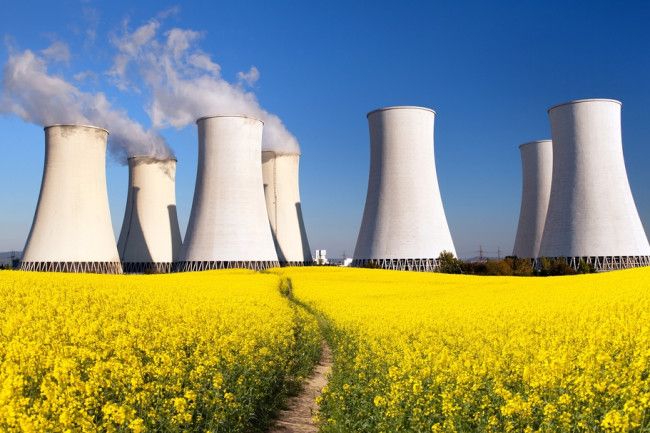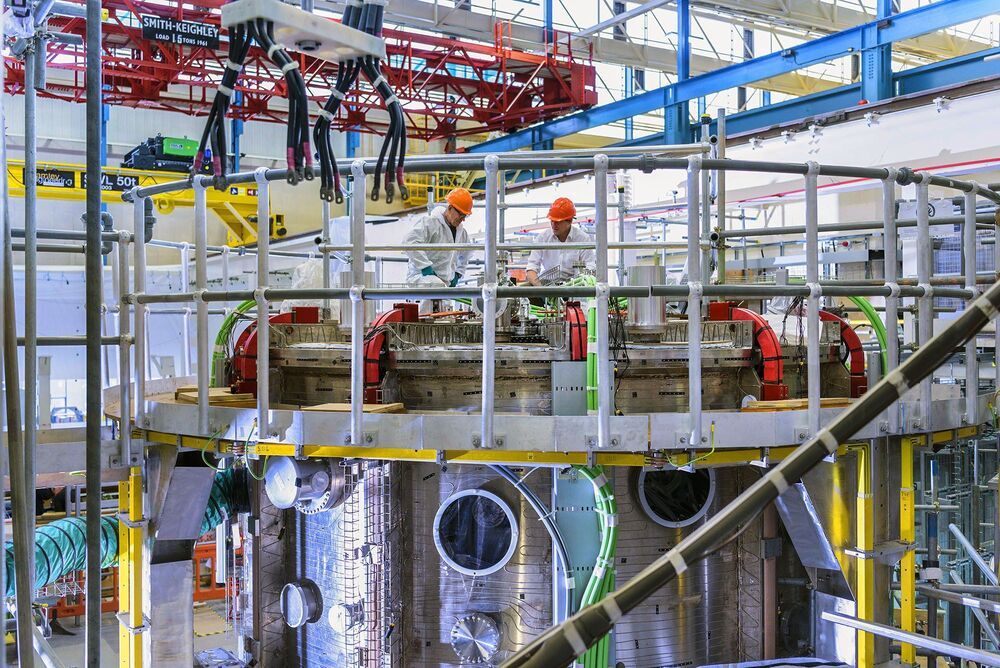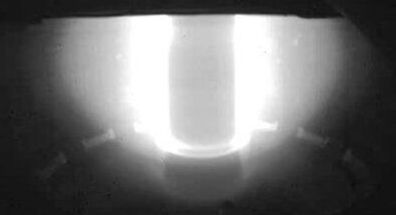In 2019, Switzerland-based Flyability had a mystery to solve at the Chernobyl Nuclear Power Plant. Was nuclear waste still present in one of the plant’s decommissioned reactors?
“At the time of the disaster, the fifth block of the Chernobyl Plant was under construction and nearing completion,” a Flyability spokesperson said. “Given the rush to leave, there was no record of whether the holding pools in Reactor Five had ever received the depleted uranium fuel bars for which they had been made.”
Fast forward 33 years – Chernobyl’s decommissioning team needed to know whether any nuclear waste remained in the reactor. Like a flying Sherlock Holmes, Flyability drones took the case.

